Cover reporter Yu Ting
Jinjiang River, Mengchai Bay, Red Star Bridge, the living water park shaped like a swimming fish is located here. As a hydrophilic paradise in the memory of many Chengdu people, this place not only has the function of purifying water, but also provides the surrounding residents with functions such as walking, exercising, viewing ecological plants, and enjoying the coolness of summer.
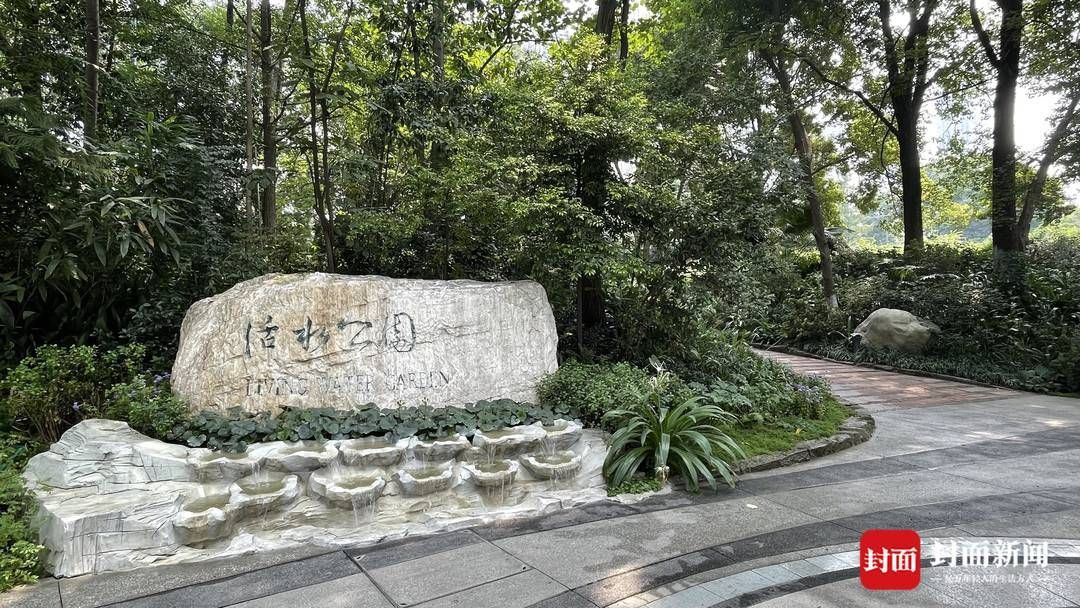
As one of the 23 important node parks along Jinjiang Park, the restoration and renovation project of Living Water Park has entered the final stage and will be The park officially opened this Friday (July 29). What are the highlights of the “upgraded return” of the Living Water Park? On July 26, the cover news reporter took everyone to find out in advance.

“Naturally air-conditioned room” in the city center
The average temperature is 3°C lower and no mosquitoes are more comfortable
Walking into the Living Water Park, a refreshing coolness hits my heart, and the lush vegetation and the gurgling sound of water take away the summer heat.
According to the data of the environmental monitoring station in the park, the temperature inside the park is about 3°C lower than the average daily temperature outside the park.
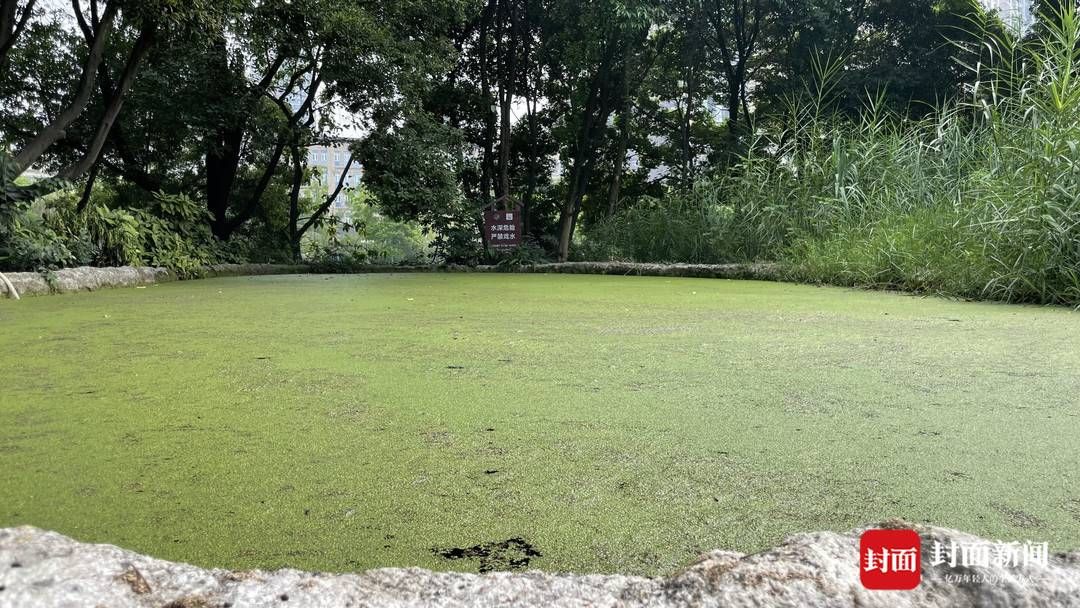
In the hot summer, no one can resist the fun of “splashing water” in the shade. But the living water park is rich in green plants, and you will be bitten by mosquitoes if you are not careful. More than 50 mosquito-killing equipments were specially introduced in this living water park restoration and renovation project, and the environment-friendly physical bionic technology was used to trap blood-sucking female mosquitoes. At the same time, the “clean water” and “running water” in the park, as well as the dense and dense vegetation space after combing, have basically eliminated the breeding conditions of mosquitoes. Therefore, the living water park after the re-opening of the park will basically achieve “no mosquitoes”, creating a more comfortable feeling of visiting the park.
Ecological “Water Purification Plant”
The river water changes from “turbid” to “clear” pure ecological
< p>In 1995, American environmental artist Bessie Damon proposed the idea of building a living water park to the Chengdu Municipal Government, which was carrying out comprehensive renovation of the Funan River. This concept was finally completed under the cooperation of Chengdu Landscape Architecture Planning and Design Institute and various professional institutions at home and abroad. In 1998, Living Water Park became the world’s first urban ecological environment education park with the theme of water ecology, showing the public the life process of river water changing from “turbid” to “clear” and from “dead” to “living”.
The Living Water Park is the first in China to use constructed wetlands to treat sewage, enabling sewage treatment to realize the sustainable development concept of low energy consumption, low cost and high efficiency, showing the world the demonstration role of sewage turning into living water. In this restoration project, the water purification system of the entire Living Water Park has been completely preserved and restored.
The whole park is in the shape of a fish. The river water flows in from the “fish mouth” and passes through water purification systems such as anaerobic sedimentation tanks, water sculptures, facultative pools, and constructed wetland pond bed systems. The water quality changed from turbid to clear and returned to Jinjiang. In the early stage of the construction of the Living Water Park, the river water can be purified from the inferior Class V water at the time of entry to the surface Class III water. Today, the main indicators of water quality after purification are close to the surface class I water, far exceeding the standards for human contact.
The city center “micro forest”
has a variety of rare and protected plants
not just water , People who step into the Living Water Park are often shocked by its lush vegetation, which can be said to be the “miniature Mount Emei” in the center of Chengdu. The park designers introduced native plants unique to Mount Emei and restored the plant community of Mount Emei. There are more than 400 species of plants in the entire park, including Emei peach leaf coral, Guanyin rosette fern and other rare plants with Emei Mountain characteristics, as well as national first- and second-level protected plants such as yew and dove tree.
In this upgrade, Living Water Park retains the original park plant characteristics to the maximum extent, and pays more attention to ecological protection on the basis of maintaining the particularity and differentiation of the park plant community.
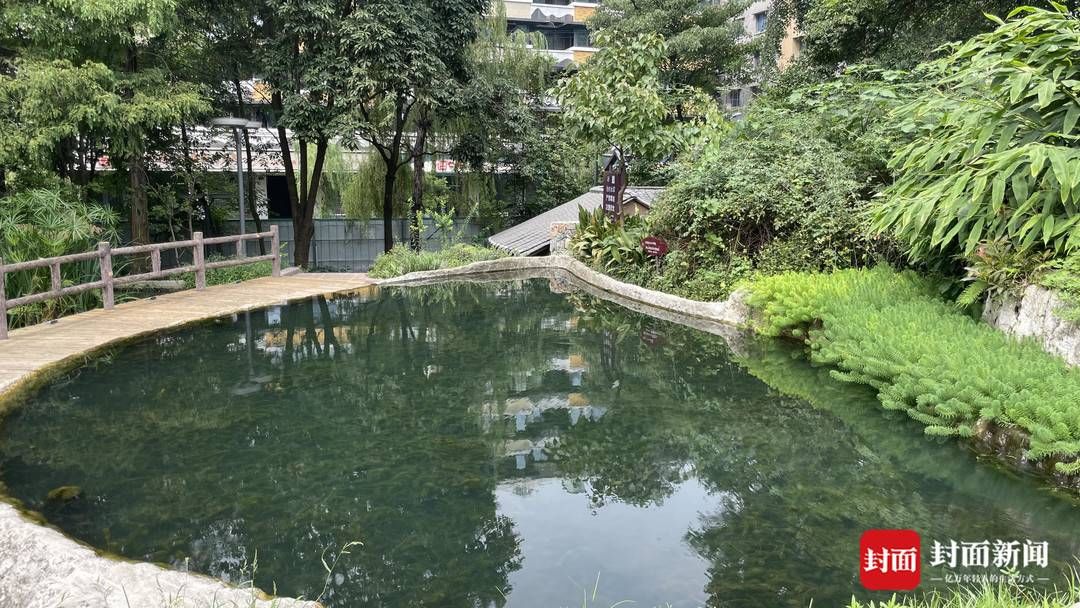
For the original imitation Mount Emei plant community and rare and endangered plants, each plant has been surveyed, archived, and formulated. One-to-one protection plan, and a new intelligent spray system is added to protect plants in a facility that simulates the climate of Mount Emei in the center of the city. Create a dense, accessible and interactive understory space, and increase the space for citizens to play while the overall green volume of the park is not reduced.
In today’s Living Water Park, ponds, pebbles, shellfish, and swimming fish are full of wildness, mist surrounds the hills, like a dense forest in the mountains of Emei, and the sun shines through the cedar trees and falls on the furry grass. And on the creek, to achieve the integration of function and landscape, the unity of ecology and aesthetics.
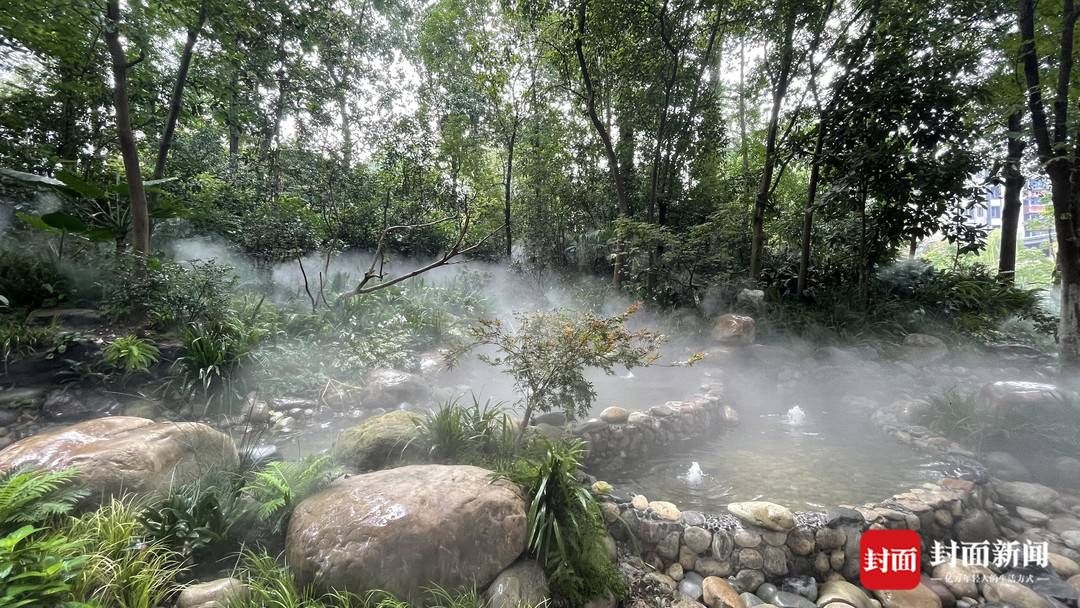
Zero Carbon Emissions Smarter
Living Water Park Reborn
Living Water Park relies on natural and ecological methods to purify water. Now, along this green road, the returning Living Water Park has reached a new level.
This living water park restoration project invites the environmental engineering team of Tsinghua University to participate in the construction of the zero-carbon park. On the basis of retaining the original functions, from five aspects of planning and design, materials, construction, project maintenance and renewal, a comprehensive Analyze the carbon footprint of the entire life cycle of the Living Water Park, and at the same time, achieve carbon sequestration through the park’s diverse ecosystems and achieve the goal of zero carbon emissions.
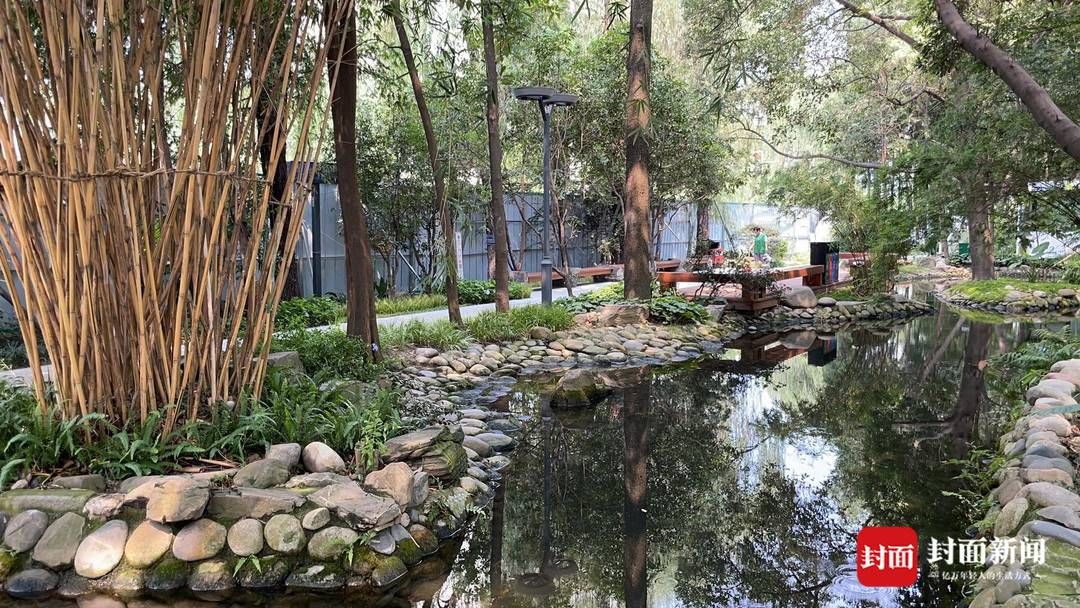
The upgraded Living Water Park will set up a carbon footprint detection system at multiple points in the park to monitor the real-time monitoring in the park. Carbon footprint and carbon emissions, and transmit the data to the background. Citizens and tourists can view the real-time carbon emission and carbon sink data of the park through the zero-carbon display screen at the main entrance, and reduce the carbon emission of their own behavior through prompts, so as to achieve carbon neutrality and carbon emission reduction for everyone.
Natural Textbook
Parent-Child Water Class by the Jinjiang River
Overlooking the living water park from the air At the end of the “fishing fish” and under the “fish eye”, there is an upgraded water education museum, which uses immersive and intelligent means to tell the history and governance process of Jinjiang, and convey the importance of water resources protection.
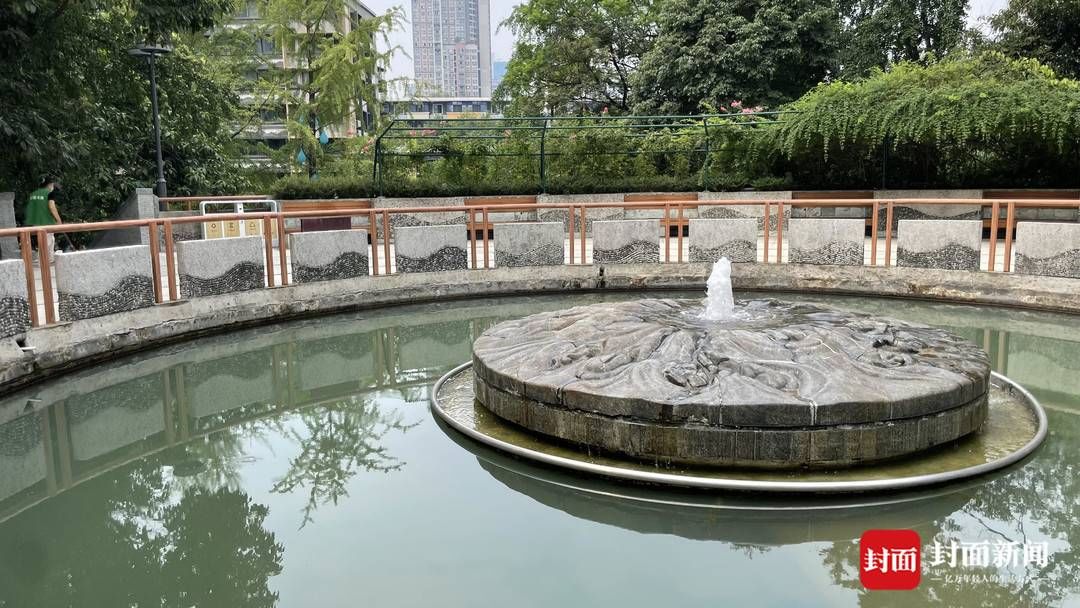
Outdoor, the “fish head” is the plant community of Mount Emei, and the “fish body” is distributed with national first-class and second-class Protecting plants, the part shaped like fish scales is the core of the park’s water purification system – the artificial wetland pond bed. Near the “fish tail”, you can also experience a local heavy rain – at the sponge city experimental platform, along with simulated lightning and thunder, artificially formed rain splashes on the ground. The rainwater that flows down does not form water accumulation on the ground, but quickly flows away through infiltration of the pavement, showing the sponge city concept of “drinking water” and “breathing”.
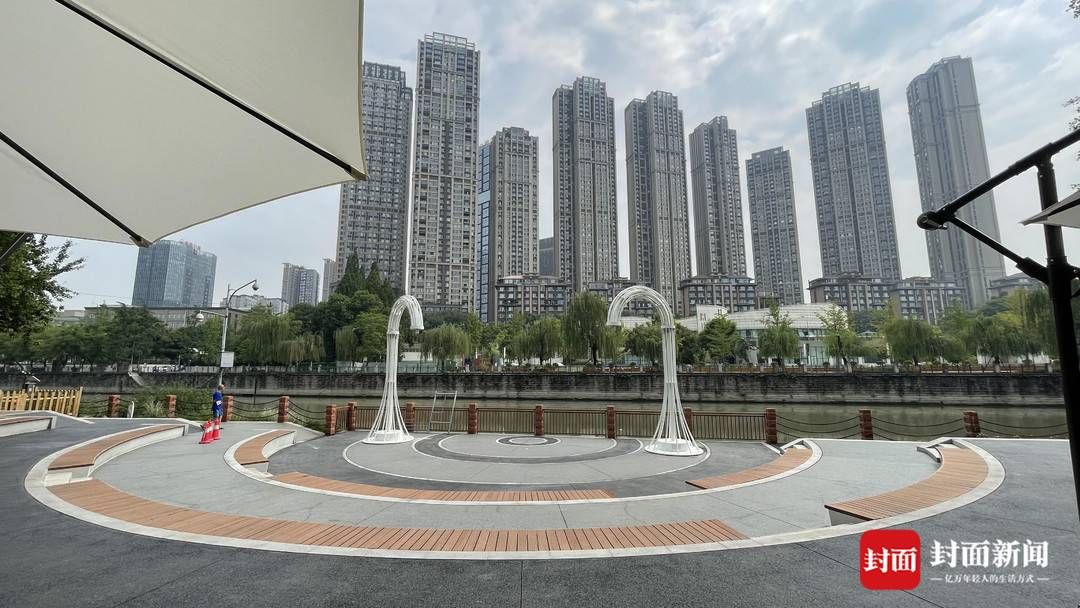
As a “green axis of fine quality” running through the central city of Chengdu, Jinjiang Park is inseparable from the memory of old Chengdu people, and 23 node parks such as Living Water Park, Chenghua Park, and Furong Island are the pearls on this green axis. In the future, old parks will be renovated and new parks will be built. Jinjiang Park will continue to be “new”, adding a good place for citizens’ leisure and entertainment life.
【If you have news clues, welcome to report to us. Once adopted, you will be paid a fee. Newsletter WeChat Follow: ihxdsb, Newsletter QQ: 3386405712]